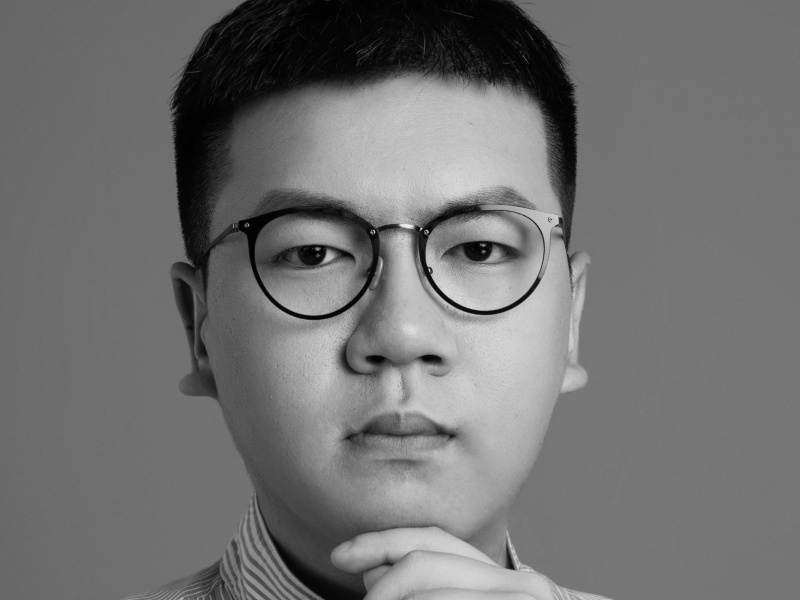DLG (Digital Luxury Group)’s Partner & Managing Director China, Pablo Mauron, discussed the ever-evolving China digital landscape and opportunities that brands can leverage as social platforms grow more interconnected and multi-dimensional

DLG (Digital Luxury Group)’s Partner & Managing Director China, Pablo Mauron, discussed the ever-evolving China digital landscape and opportunities that brands can leverage as social platforms grow more interconnected and multi-dimensional
Back when China’s two main social platforms were Weibo and WeChat, their primary functions were not unlike Western platforms – to generate exposure and awareness. “The focus at that time was on content that engaged; it was all about resonance,” said Pablo Mauron, Partner & Managing Director China at DLG (Digital Luxury Group). “There was very little focus on sales, simply either because [brands] were not equipped to sell [online], or if [they] were selling, it was offline and it was difficult to reconcile that with digital marketing investments,” he added.
However, with the evolution of China’s digital platforms in recent years, the way consumers interact with brands online (and even offline) has shifted. As the market and its consumers grow in importance and sophistication, localised content has become absolutely necessary and repurposing global assets is no longer enough.
In addition, platforms have grown increasingly interconnected and multi-faceted, with e-commerce integrations and built-in payment solutions becoming commonplace. This opens up a host of new opportunities for brands. Coupled with the impact of COVID-19 on offline touchpoints, the possibilities have become ever more significant – and brands are going from focusing on “creating content that resonates, to content that sells,” said Mauron.
Mauron addresses all of this and more in his presentation at the Luxury Society Keynote in Shanghai. He also touches on content frameworks and marketing milestones in China, and offers examples of brands that have effectively leveraged platforms to drive brand objectives and ultimately, conversions.
Watch the video for his full session. A PDF version of his presentation is also available for download at the link below.










